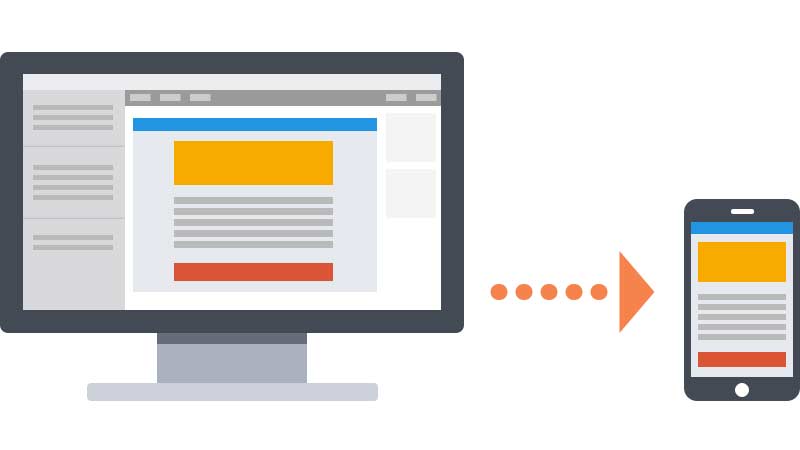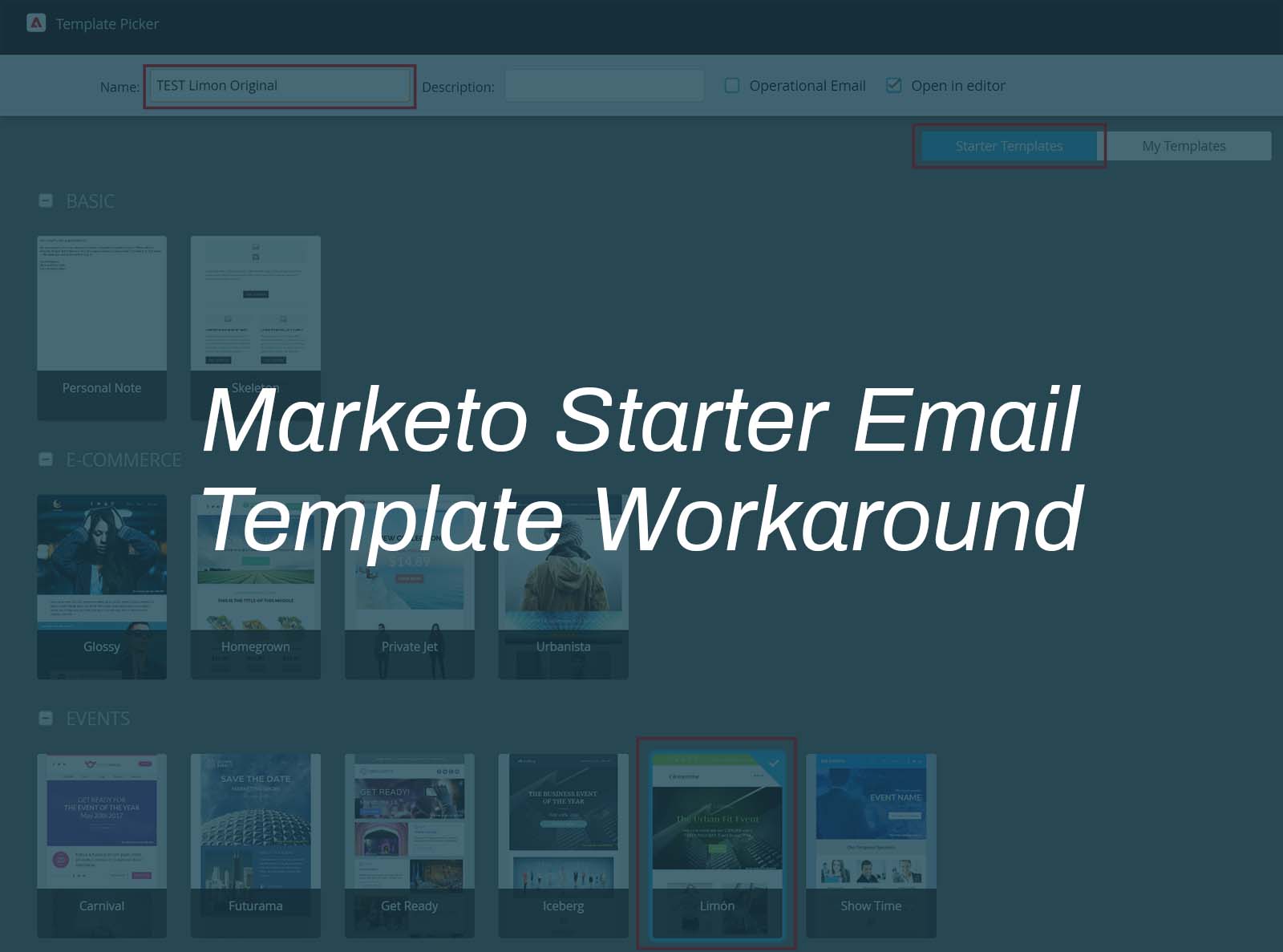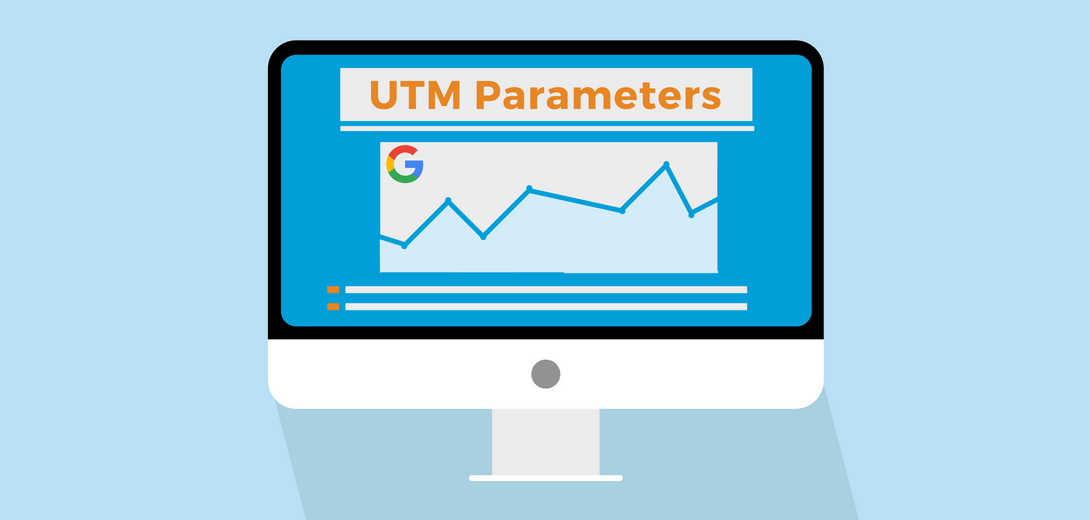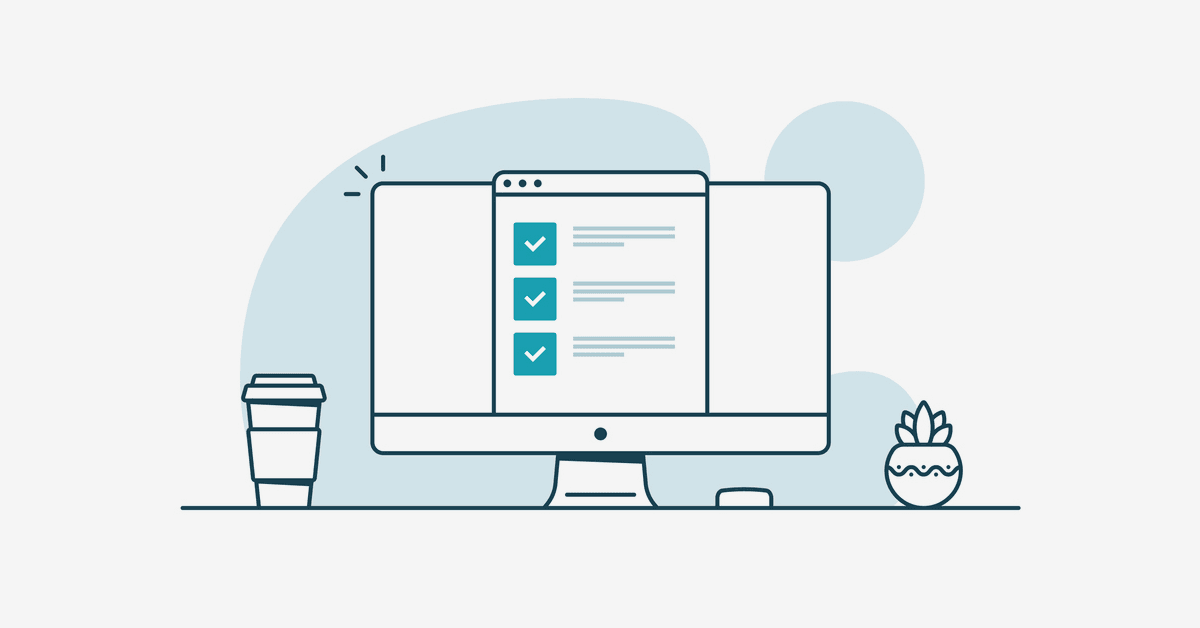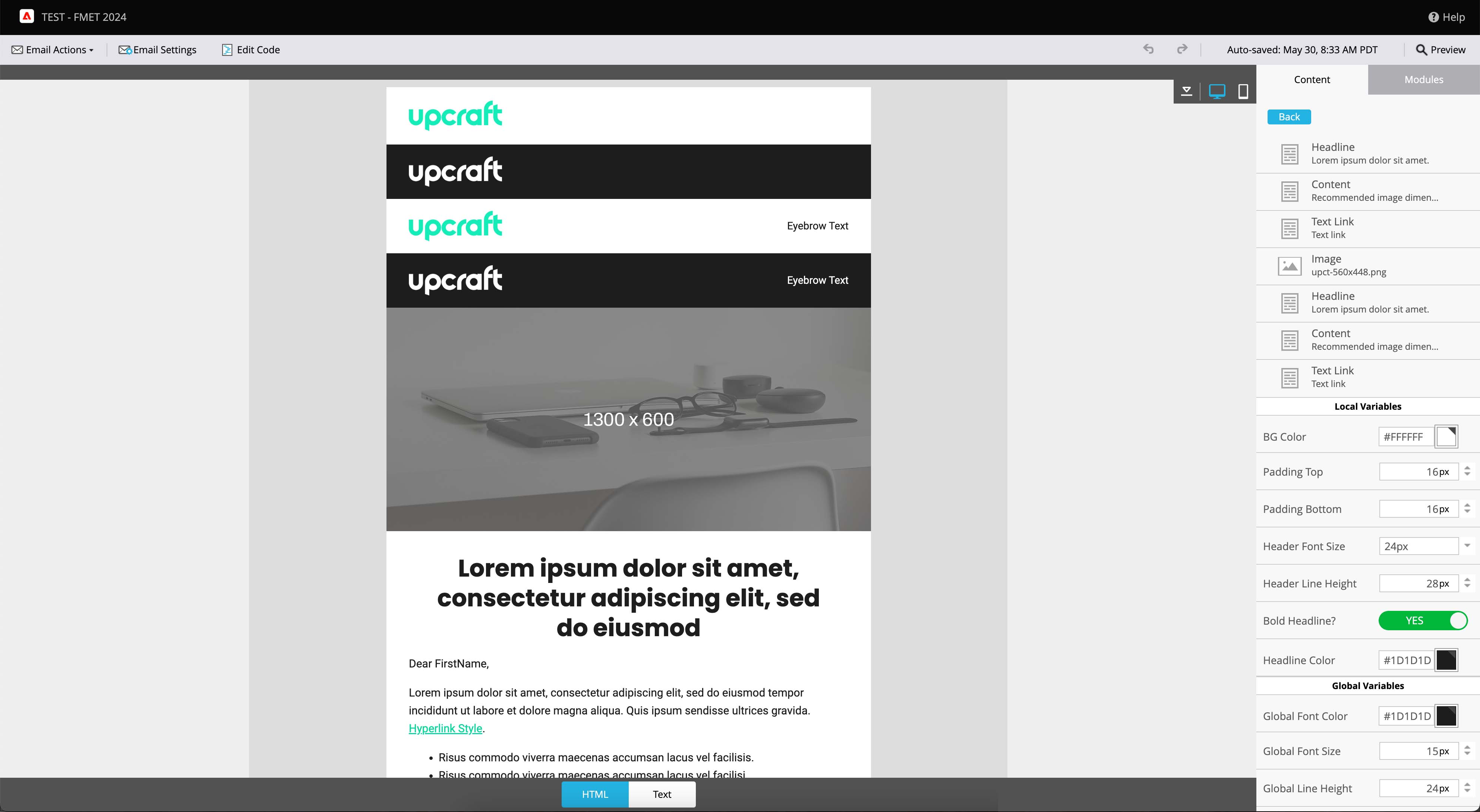Mastering Email Design: Best Practices for Engagement and Success
Email remains one of the most effective communication tools in the digital age. However, creating an email that captures attention, delivers value, and drives action requires a thoughtful approach to design and execution.
Here’s how to elevate your email campaigns with proven design principles and best practices.
The Importance of Email Design
Email design is about more than aesthetics. It ensures your message is not only visually appealing but also functional and engaging. A well-designed email:
- Stands out in crowded inboxes.
- Communicates your message quickly and clearly.
- Encourages recipients to take desired actions, whether that’s clicking a link, making a purchase, or learning more about your brand.
Key Elements of Effective Email Design
To create emails that perform, start with a clear subject line and preheader text. The subject line should be concise and specific, while the preheader offers additional context to encourage the recipient to open the email.
Mobile responsiveness is essential. With most people checking emails on their phones, designs must adapt seamlessly to smaller screens. Opt for single-column layouts, large tappable buttons, and readable font sizes to ensure a smooth experience.
Incorporate visuals thoughtfully. High-quality images, paired with alt text for accessibility, can enhance the email’s impact. Keep the copy scannable with headers and short paragraphs, leading to a strong call-to-action (CTA) that guides the recipient’s next steps.
Best Practices to Enhance Email Performance
Personalization is key to making your emails relevant and engaging. Addressing recipients by name and tailoring content to their interests or behavior increases the likelihood of a positive response.
Segmentation further refines your messaging. By dividing your audience into specific groups—such as new customers or frequent buyers—you can deliver content that resonates on a deeper level.
Testing is crucial. Before sending your email, test it on different devices and platforms to ensure it looks great everywhere. Preview tools can help identify formatting issues across clients like Gmail and Outlook.
Don’t forget about deliverability. Use verified domains and ensure your email authentication protocols (e.g., SPF, DKIM, and DMARC) are in place to avoid ending up in spam folders. Regularly clean your email list to reduce bounce rates and maintain sender reputation.
Minimalist design is another trend to embrace. Clean, uncluttered layouts are visually appealing and make your message easier to digest.
Conclusion
Email design combines creativity with strategy to create a powerful communication tool. By focusing on clarity, personalization, and responsiveness, you can craft emails that resonate with your audience and drive results.
With these insights, you’re ready to take your email campaigns to the next level. Start designing emails that make a lasting impression!
